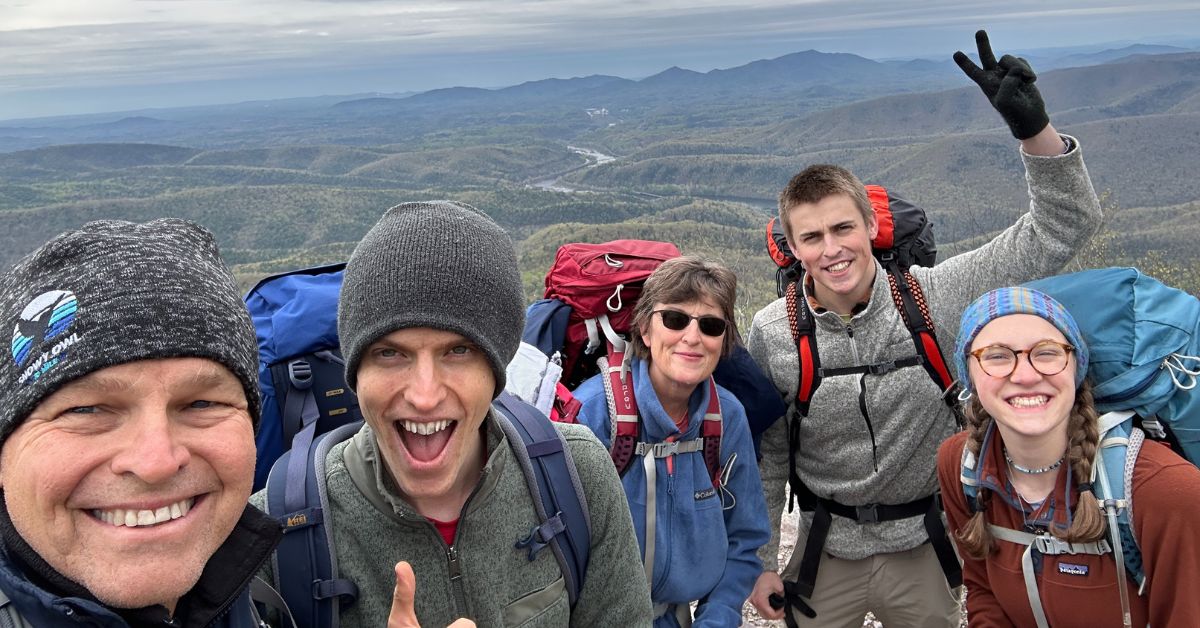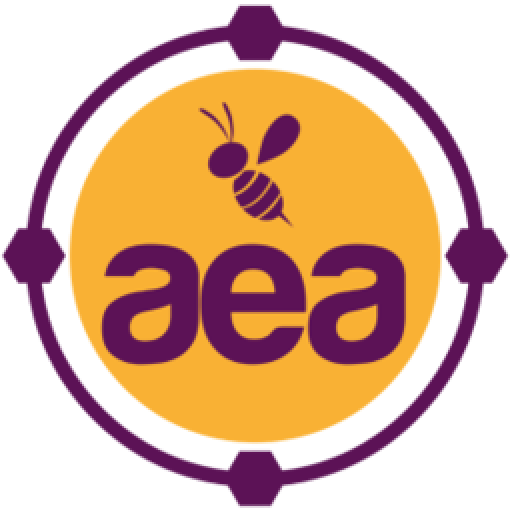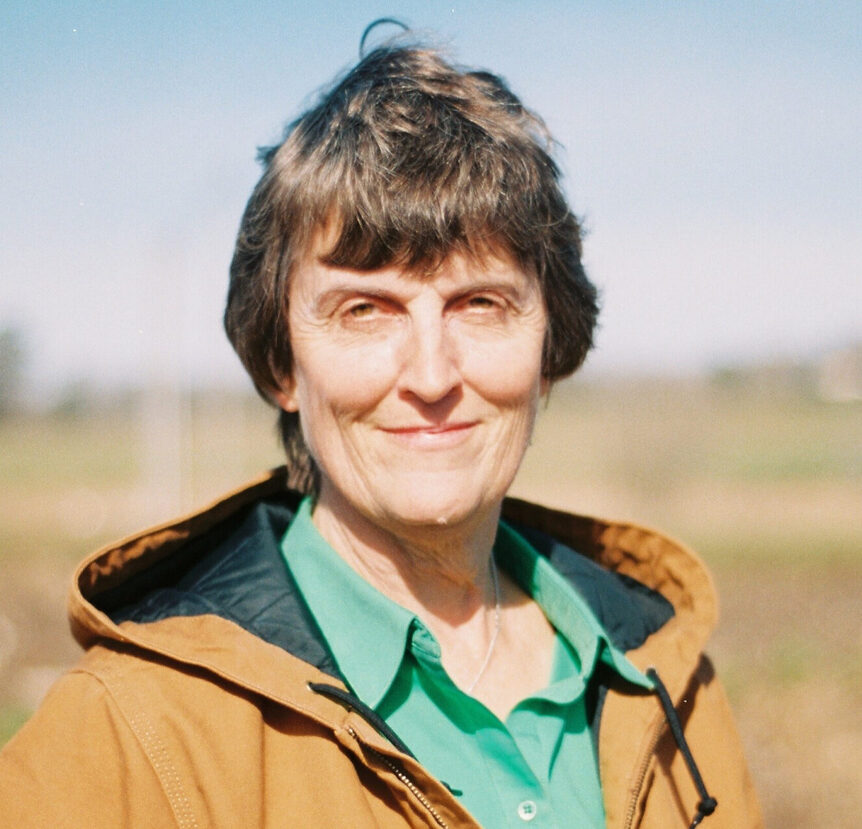We sat down with AEA’s newest executive team member, Dr. Laura Kavanaugh, who recently joined the team as Chief Science Officer. In this interview, she reveals how she went from space shuttle missions to DNA sequencing and her future plans for R&D at Advancing Eco Agriculture.
Can you tell us about your background and what led you to AEA?
I started my career in engineering and, through a fortunate series of events, landed my first job at the Johnson Space Center as a Guidance, Navigation, and Control Office in Space Shuttle Mission Control. I worked there for over 40 space shuttle missions and eventually transitioned into management. I also met and married my husband, who worked on the space shuttle main engines. As the Space Shuttle Program neared an end, I redirected my career and returned to school to get my Ph.D. I went to Duke’s University Program in Genetics and Genomics. We also expanded our family with two beautiful boys during that time.
After graduation, I took a position at Syngenta Biotechnology in the research center at Research Triangle Park in North Carolina. I primarily focused on bioinformatic analysis of plant DNA for a wide variety of crops with the intent of developing GMO crops. Throughout this experience, I became increasingly interested in soil microbes’ role in improving crop performance. This seemed to be a more impactful, longer-term, and environmentally beneficial approach than GMO methods. I started my company, Genone Insights LLC, to explore this interest.
I was laid off from Syngenta just as the Covid pandemic hit and, after a period of soul searching, took a position as the soil health expert at the regenerative vineyard, Union Grove Farm, in Hillsborough, NC. It provided the perfect opportunity to gain practical experience applying regenerative farming principles. In February, I gave a talk describing my activities at the farm and the use of new cutting-edge DNA sequencing technologies for assessing soil fertility at the RegenOrganic Conference put on by Green Cover Seed. John Kempf, Founder of AEA, was in the audience. John contacted me after the conference to learn more about the sequencing I presented. We hit it off immediately with a shared passion for regenerative farming and an insatiable curiosity for agricultural science. The rest is history.
I’m not familiar with the field of bioinformatics. How did you get into that?
Bioinformatics is a branch of computer science that focuses on analyzing complex biological data sets. It often involves genetic or genomic data but can include just about any type of biological data. It’s an exciting time for bioinformatics because new developments in DNA sequencing and related technologies have generated large, complex data sets that can only be interpreted through computational means. Combining multiple types of biological data has the potential to reveal groundbreaking new insights. There are also developments in AI that open possibilities to discern and interpret complex patterns that can drive enhanced farming practices.
I became interested in bioinformatics because it provided the only pathway to understand the enormous amount of genomic data that has been generated. I find it fascinating to use this powerful approach to understand the complex and awe-inspiring world of biology.

What will you be doing in your new role as Chief Science Officer?
As a starting point, I see my role as gathering, organizing, and assessing the scientific information within the company. I will also build out our new laboratory in Willoughby with lots of help from the R&D team. One of the most important immediate goals is to develop a cohesive strategy for R&E.
A long-term personal goal of mine is to shift the perception of regenerative farming from anecdotal to highly scientific. Success stories are powerful and demonstrate the value of regenerative agriculture, but I don’t think they will be sufficient to transition mainstream American farmers to regenerative practices. I plan to use DNA sequencing and other scientific methods to demonstrate the power of the plant-microbe interactions already functioning within natural systems. Nature does not reveal her secrets quickly, but if we are diligent in our measurements and observations, we can learn how to leverage and optimize the existing natural systems. Consistent demonstration on small and large scales that regenerative farming is more profitable and healthier for people and the environment will drive widespread adoption. I want AEA to be a leader in driving that transition.
How can DNA sequencing be used in plant science?
Having the genomes of plants through DNA sequencing helps us understand how plants function. DNA sequencing can also show us how the microbes and higher-order organisms across the soil food web function and interact with plants. As we gain this deep insight into how plants grow and interact with their microbial partners in the soil, we can learn how to optimize the conditions supporting their combined growth. This enables plants to produce the highest yields of nutrient-dense foods while defending themselves against pests and diseases.
The more we know, the more we can leverage the agro-services inherent in natural growing systems, making farming more profitable while producing healthier foods and sustaining a healthy environment. Natural systems have been evolving and adapting for millions of years and have reached a highly optimized state. We are wise to learn as much as we can about how they work so we can cooperate with the powerful systems nature has already devised.
Since you started your career at the Johnson Space Center, I have to ask – Do you think growing plants on Mars is possible?
Yes, but it won’t be easy! We will have to provide a closed system to protect the plants from the harsh Martian environment and also filter sunlight and cycle water and other nutrients. And, of course, we can’t forget the microbes! Plants need their microbial partners to grow and thrive. I always wanted to be an astronaut growing up, so I’d be willing to go to Mars and give it a try.
What do you enjoy doing when you are not at work?
Wow, there are so many things. Backpacking, hanging out with family and friends, traveling to new places, and listening to people share their personal journeys. I also enjoy exercising and sports (I met my husband playing hockey). I have been playing a really fun Irish sport called Camogie for the last couple of years.



